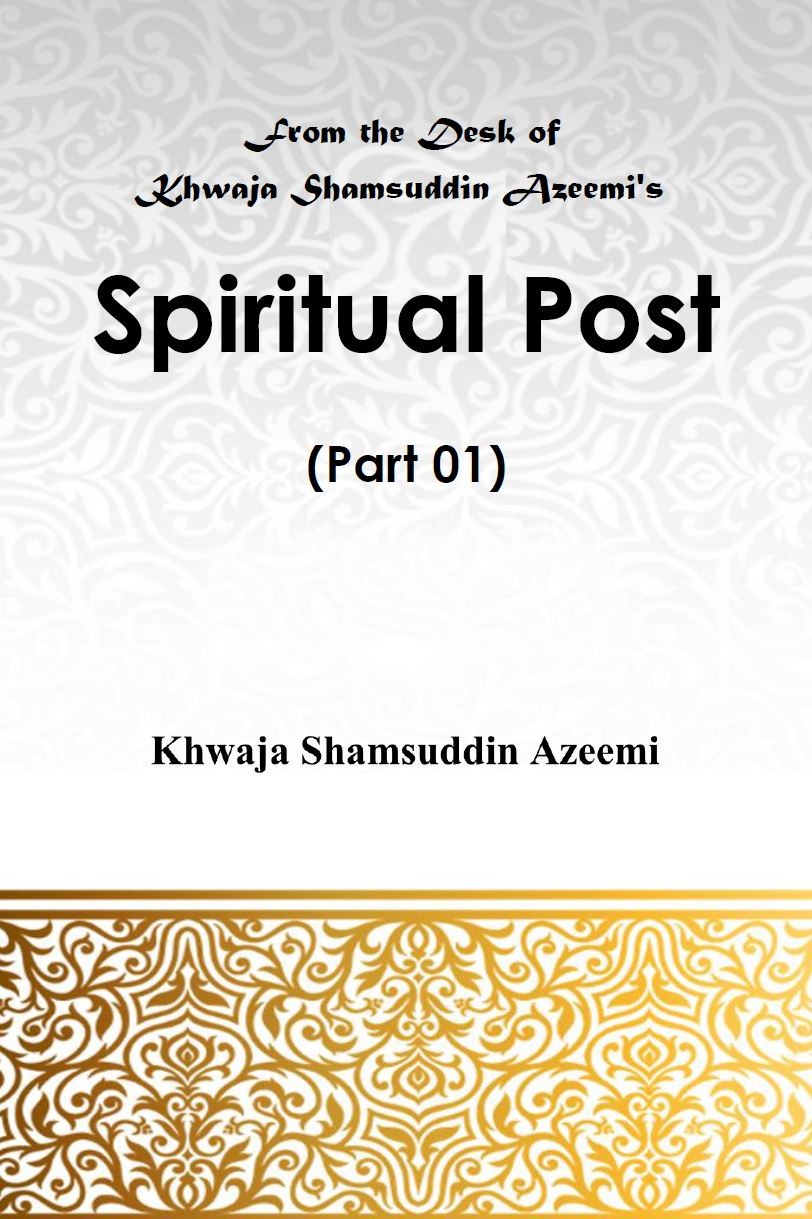Question: I
am biologically male, yet my vocal tone is notably high-pitched, soft, and
carries a distinctly feminine timbre. I find it physically difficult to project
my voice with strength or volume; any attempt to do so results in a
constriction within my throat, and the sound that emerges remains thin and
effeminate. This has led to significant social ridicule—peers and relatives
mock me by likening my voice to that of female vocalists such as Noor Jehan and
Naheed Akhtar. Due to this, I avoid speaking in groups and prefer isolation.
The resulting social withdrawal has led to profound feelings of inferiority. I
perceive other males—with deeper, traditionally masculine voices—as inherently
superior, and I view myself as lacking in comparison. I did not pursue higher
education, as during high school, most of my peers experienced a deepening of
voice associated with puberty, whereas I remained, in my own estimation,
unfortunate and unchanged. Medical consultations and examinations of the throat
have yielded no physiological explanation or benefit. More recently, I have
observed an occasional duality in my vocal tone—one register remains thin,
while the other is marginally deeper, though the latter only emerges under
significant strain, which causes discomfort in the throat. Additionally, I must
confess a personal transgression: I was influenced by mythological and
fantastical literature, which led me to develop harmful behavioral
patterns—specifically, the dissipation of sexual energy through solitary
practices. However, I have since become acutely aware of their detrimental
effects and have, with sincere intention, renounced them.
Answer:
Procure
an unglazed, wide-mouthed terracotta vessel. At dawn—preferably at a time when
the family members is still asleep—retreat to the rooftop or a secluded space
within the home. Place your mouth near the opening of the vessel, resting both
hands on its rim in such a manner that your face is partially enclosed. In this
posture, recite Surah ar-Rahman aloud and with clarity.
If
the Surah is not already memorized, commit it to memory—it is not lengthy and
is easily learned with regular recitation. This vocal practice should be
continued consistently, serving both as a spiritual exercise and a form of
resonance therapy, until the feminization of the voice is alleviated.
Khwaja Shamsuddin Azeemi
Nearly three decades ago, the esteemed spiritual scholar and blessed guide, Khwaja Shamsuddin Azeemi (R.A), inaugurated a mission of public service with the objective of liberating humanity from afflictions, psychological distress, and physical ailments. For ten years, he remained in contemplative retreat, silently advancing this sacred commitment to the service of creation (khidmat-e-khalq). As the hearts of the people began turning toward him, he employed the medium of mass communication. In 1969, this initiative was formally introduced to the public through newspapers and spiritual journals. According to conservative estimates, through written correspondence and face-to-face interaction—particularly via national publications and the Roohani Digest—Hazrat Azeemi has extended spiritual guidance and healing to over 1.4 million men and women, addressing intricate personal crises and intractable medical conditions. Today, it is not uncommon that wherever a few individuals gather, and a seemingly insoluble dilemma or incurable illness is mentioned, someone inevitably suggests: “Establish contact with Azeemi Sahib—the matter will be resolved.”
Through the grace of Allah the Almighty, the spiritual affinity with the Prophet (P.B.U.H), and the continued beneficence of the blessed guide, four volumes of Roohani Daak (Spiritual Correspondence) have now been compiled. The first volume is hereby presented to you for contemplation and benefit.

Searching, Please wait..

